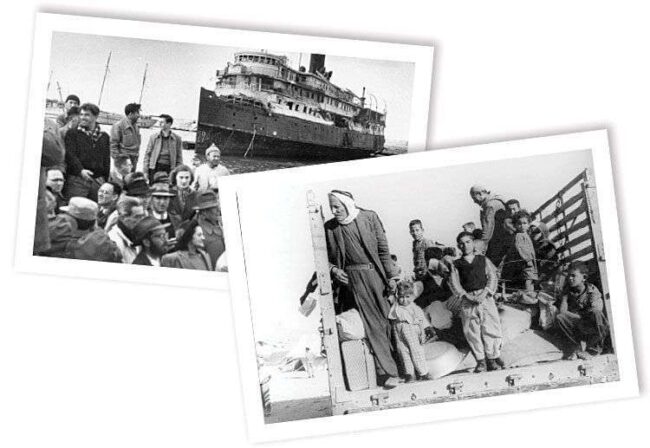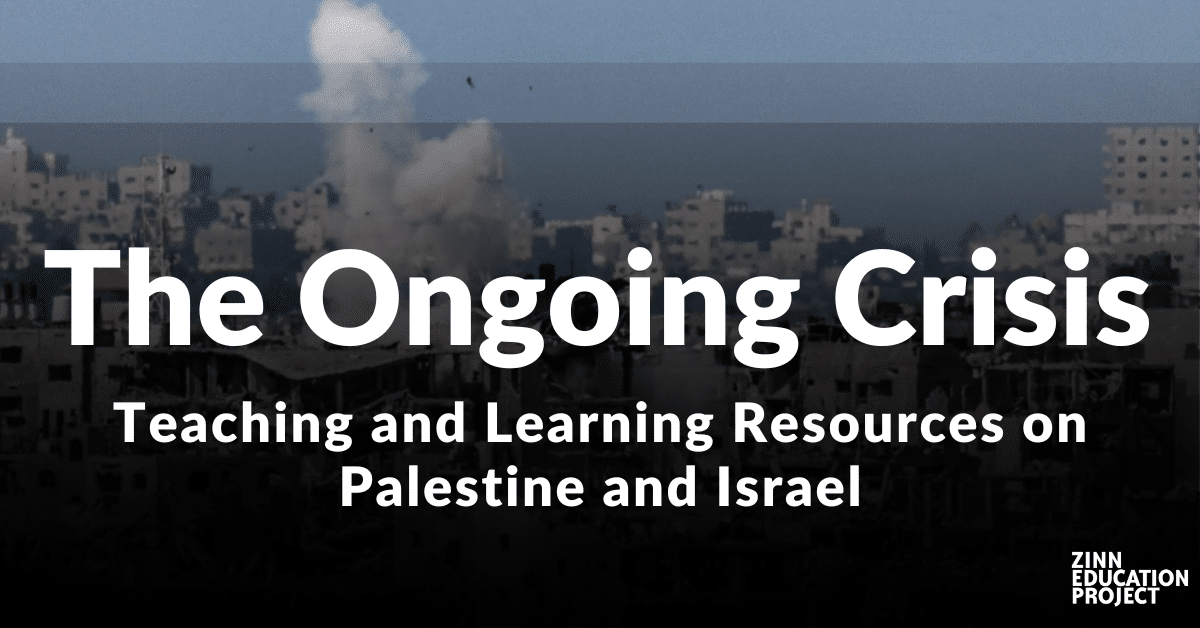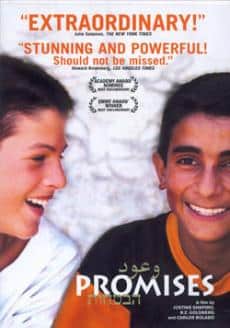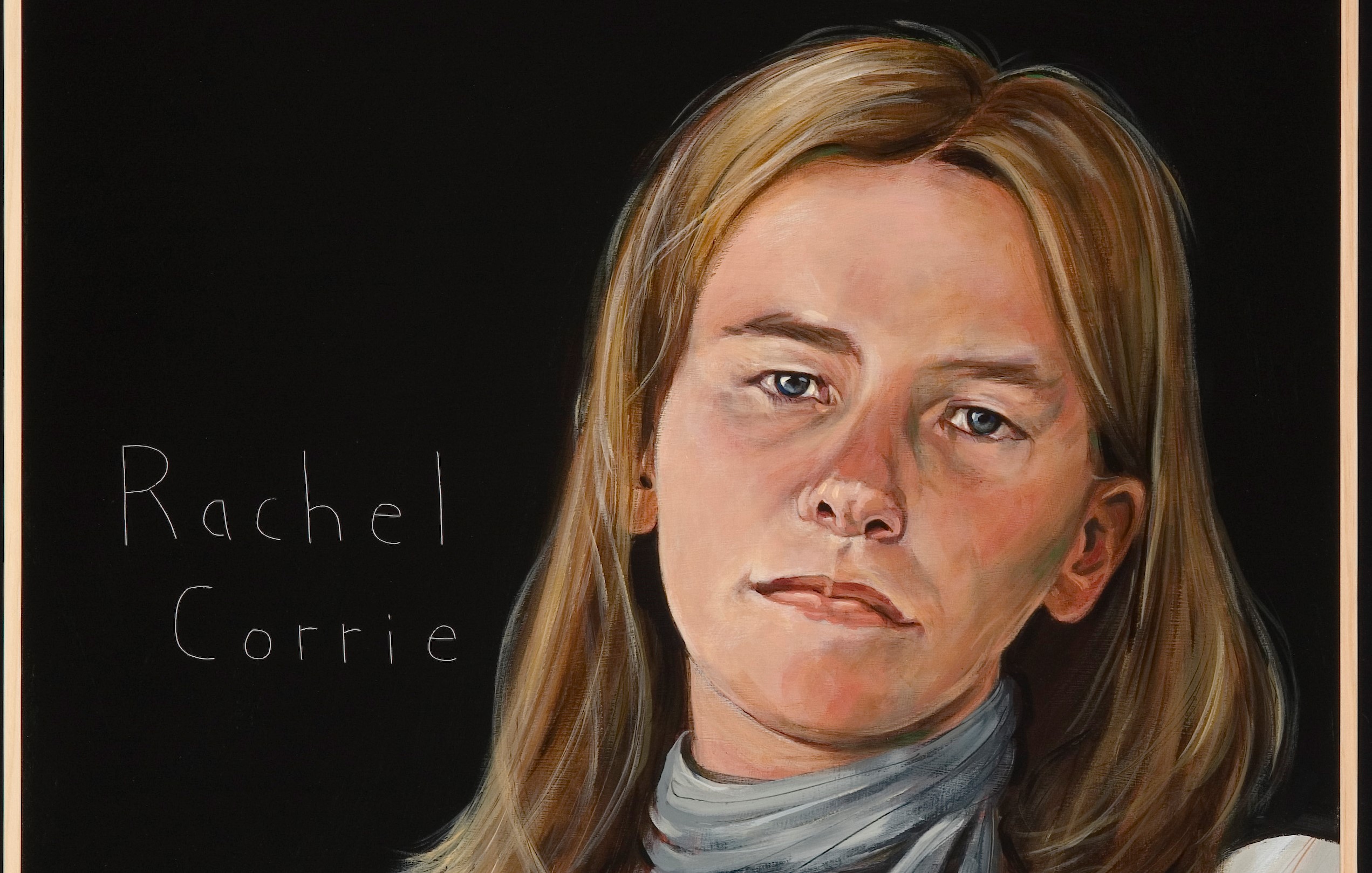By Samia Shoman
Long before I was born in 1975, the course of my life had been drastically altered by history. When David Ben-Gurion declared the creation and independence of the state of Israel on May 14, 1948, my identity as a Palestinian was shaped, along with the history of this region. Throughout my life, I have borne witness to and experienced the ways this day in history changed not only my life, but also the lives of millions of Palestinians and Jews all over the world.
My most recent trip to the region was in July 2013. As always, I felt saddened and overwhelmed as I reflected on what the events of 1948 had caused: an institutionalized system of oppression and apartheid in what some believe is historic Palestine and others see as Israel. This difference in perspective and personal truth is among the many factors that have kept the conflict ongoing into its 66th year.
In my teaching, I use an approach that exposes students to the idea that Palestinians and Israelis have different narratives about the same historical events. The approach encourages critical thinking and allows students the space and opportunity to decide what they think for themselves. At least in my district, it is an approach that has enabled me to build support among a broad range of parents, students, and Middle East scholars — even when I have been challenged by community groups questioning my intentions and curriculum because I am a Palestinian American who teaches the conflict in my contemporary world studies class.
Teaching the conflict takes courage. I write this article in hopes of encouraging teachers who are committed to social justice to take on the challenge. In this context, social justice means exposing students to Palestinian narratives alongside the Zionist narratives that often dominate textbooks. I use the term Zionism and teach it explicitly to my students. Zionism is the support of an exclusively Jewish state in Israel, along with the land that it claims should be part of Greater Israel. An important distinction to make is that not all Jews or Israelis are Zionists, and there are non-Jewish Zionists.
War of Independence or Catastrophe?
I anchor my Palestine/Israel unit in the events of 1948, although the historical background starts long before this, with the First Zionist Congress of 1897 and the Balfour Declaration of 1917. Later we backtrack to cover this history; it is important that students understand that Zionist organizations had plans to turn Palestine into a Jewish state long before World War II.
I present the 1948 events as both the Israeli War of Independence and the Palestinian Nakba (nakba is Arabic for catastrophe). It is through the events of 1948 that students get their most intimate understanding of how different narratives determine what people see as the truth. For example, my students learn that a Palestinian student in the West Bank or Gaza and an Israeli student in Israel will learn different stories about what happened in 1948. What those students learn shapes their beliefs about the legitimacy of the state of Israel. It is through this lesson that my students begin to grasp the idea of multiple and competing narratives as they read, watch, critique, and analyze text and video footage of things that happened in 1948 from different perspectives. As students work their way through the history, they begin to develop their own truth about what happened.
Continue reading and find lesson handouts at Rethinking Schools.
Samia Shoman, a California native with Palestinian roots, has dedicated her career in public education to promoting racial and social justice in the classroom and broader educational organizations she has worked in. She is currently part of a California collaborative leading a Liberated Ethnic Studies Model Curriculum Coalition. As a long time high school social science teacher, with a special love for working with English Learners, her current passion is leading an alternative Newcomer Program and the implementation of Ethnic Studies for all ninth graders in her district. Samia currently serves as a Manager of English Learner & Academic Support Programs. In addition to her secondary school work, Samia served as a lecturer in the College of Ethnic Studies Arab and Muslim Ethnicities and Diaspora Program and the Masters of Public Health Program at San Francisco State University. Samia holds a B.A in Political Science with a minor in Spanish from UC Davis, an M.A. in Education from San Francisco State University, and an Ed.D with a focus on Organization and Leadership from the University of San Francisco.
Classroom Story
I have used the “Independence or Catastrophe” resource coupled with a lecture for more background in my class with great success. Students are eager to discuss and learn more about the larger historical context and challenge corporate media narratives that do not align with their values as young people. As a recent Gallup poll suggests, students are challenging the narrative in large part due to the work of Palestinian journalists on the ground in Gaza through social media.
While I do have concerns about being doxed or having complaints laid upon me, my job as an educator is to inform young people about the world around them and this development is one of the most significant historical tragedies of the century. It cannot be ignored or put aside. Young people deserve the space to learn, unlearn, reflect, and build their world views in schools.
Thank you for providing sources and standing with teachers in this time.











Twitter
Google plus
LinkedIn